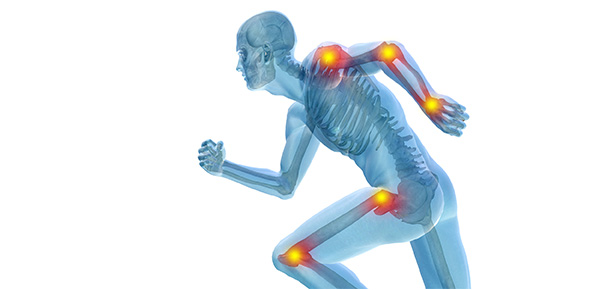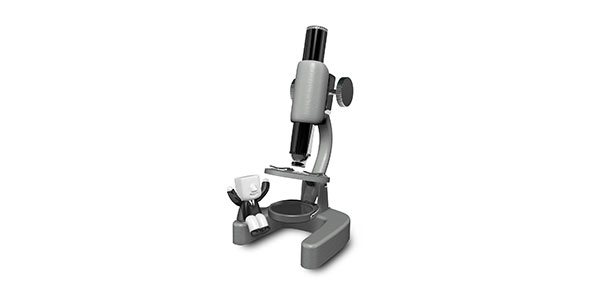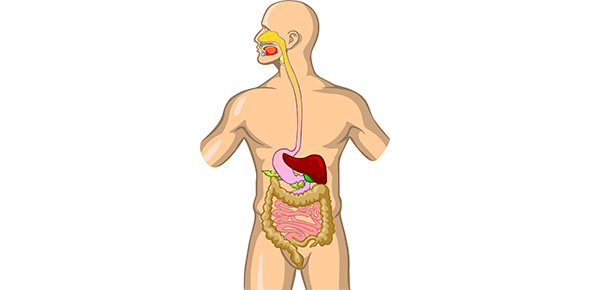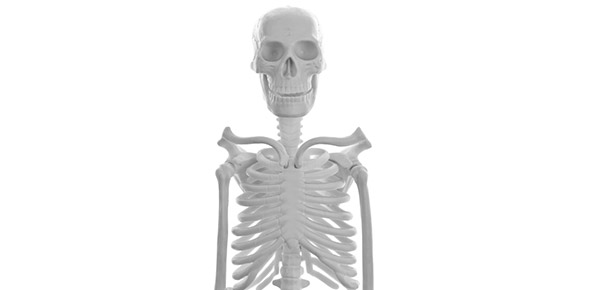Related Flashcards
Related Topics
Cards In This Set
| Front | Back |
|
Fertilization of the secondary oocyte normally occurs in the
|
Uterine tube
|
|
The outer layer of the blastocyst that attaches to the wall of the uterus at implantation is called the
|
Trophoblast
|
|
Embryogenesis refers to the same period of time as
|
Prenatal period, gestation period, pregnancy
|
|
Under normal conditions, how many of the 4 spermatozoa produced from each spermatocyte contain a Y chromosome?
|
2
|
|
Crossing over is the process by which
|
Homologous chromosomes trade parts during meiosis, genes can be shuffled even before fertilization occurs, one chromosome can combine genes from both parents
|
|
The 2nd week of development can be characterized as the "period of two's" b/c
|
A 2 layered germinal disc forms, and from it, 2 extraembryonic cavities, the placenta begins to develop from 2 components that merge
|
|
The placenta provides services for the fetus that will eventually be performes by which of the organ systems?
|
Digestive, respiratory, urinary
|
|
In the blastocyst, the fluid filled chamber that separates the bilaminar germinal disc from the trophoblast is the
|
Amniotic cavity
|
|
The invagination or migration of cells from the epiblast into the space btwn it and the hypoblast marks the beginning of
|
Gastrulation
|
|
The umbilical cord comprises of what?
|
Connecting stalk, umbilical vessels, and allantois
|
|
Fetal metabolic wastes are eliminated by transfer to the
|
Maternal blood
|
|
Which would be the most likely consequence of a genetic defect that prevented the placenta from producing hormones?
|
Miscarriage as soon as the corpus luteum ceases to function
|
|
Amniocentesis is most often performed during which month of pregnancy?
|
4th month
|
|
Fetal alcohol syndrome and congenital syphilis share what etiological aspect?
|
Both are acquired from the mother across the placental barrier
|
|
Teraogens would be most likely to cause which type of congenital anomalies?
|
Malformations
|








